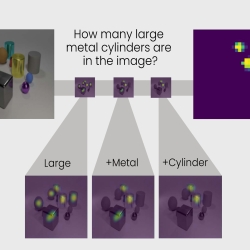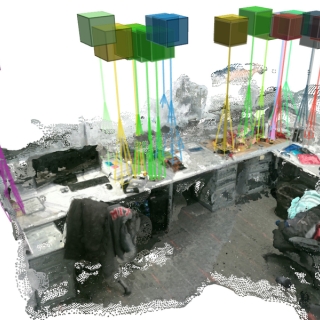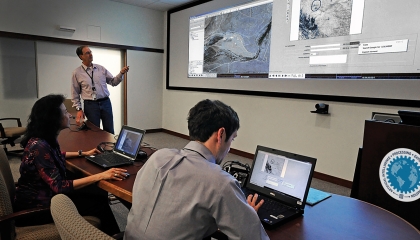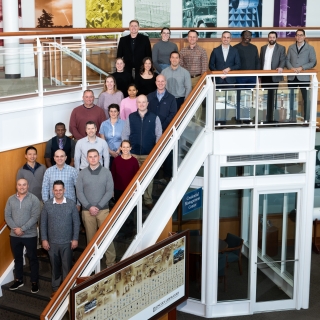
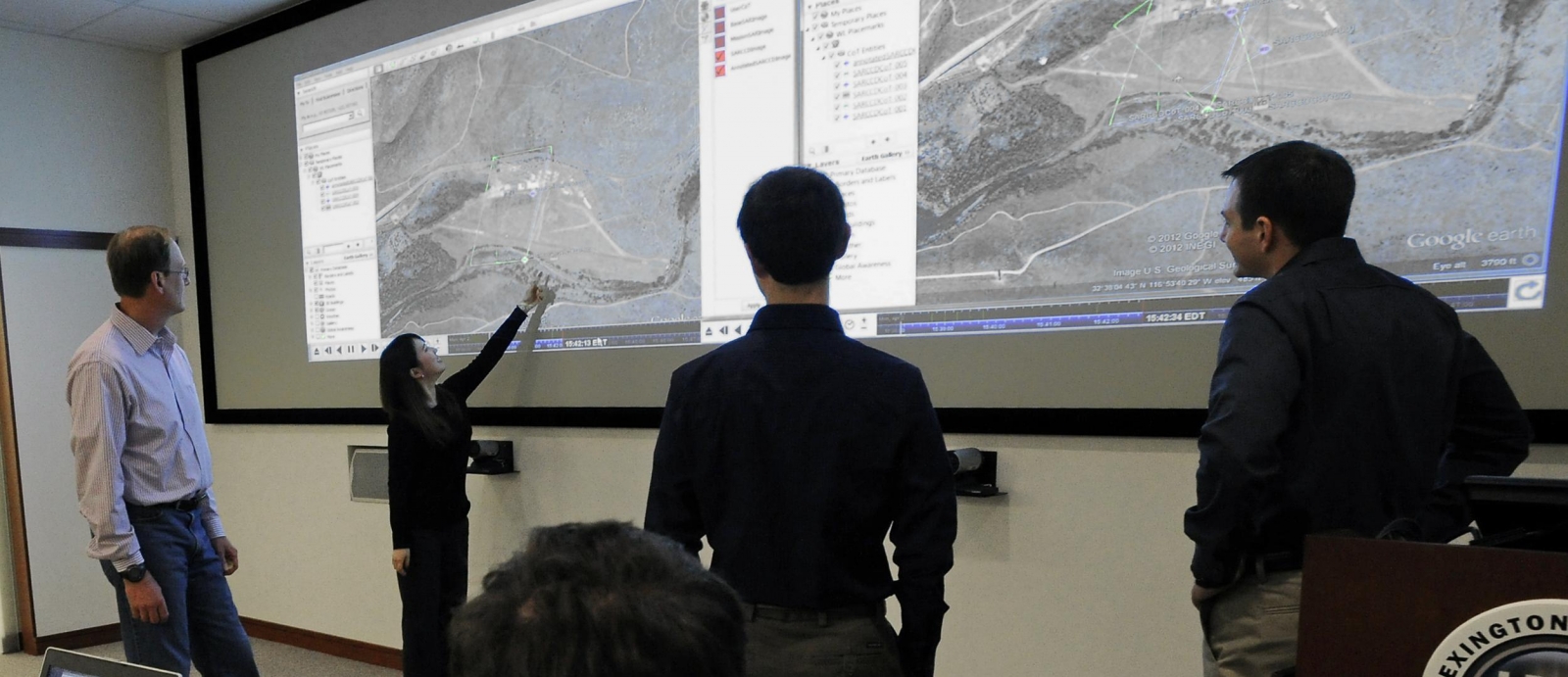
Homeland Decision Support Systems
In collaboration with industry and academia, we are working at the frontiers of artificial intelligence to develop and integrate advanced decision support prototypes that can address national security needs in the land, sea, air, and space domains. We have deployed real-time enterprise and edge solutions that support the warfighters at multiple combatant commands across the globe, providing a measurable impact to their missions. Our technical expertise spans deep learning, computer vision, natural language processing, graph theory, big data architectures, operations research, and system autonomy. Our goal is to enhance national security by leading the nation in developing and deploying advanced decision support systems by utilizing cutting-edge artificial intelligence and machine learning technologies.
Featured Projects
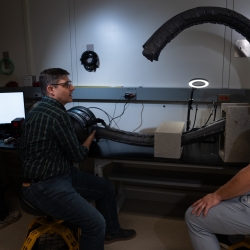
Vine Robots for Collapsed Structure Mapping
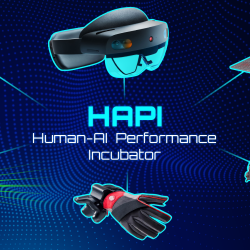
Human-AI Performance Incubator

Reconnaissance of Influence Operations
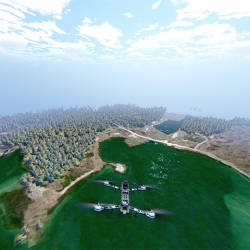
Virtual Test Environments for UAVs
